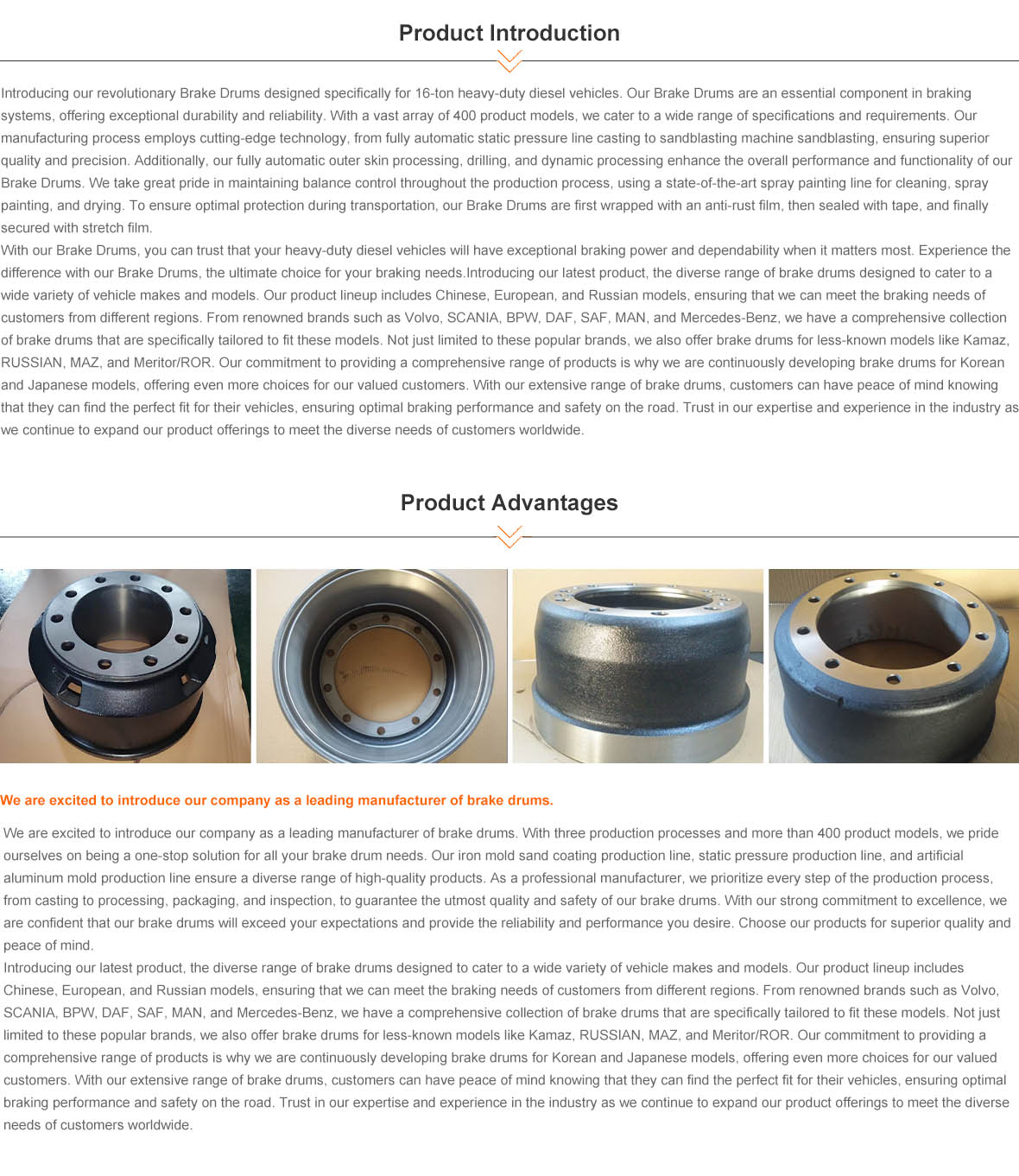
-
 Afrikaans
Afrikaans -
 Albanian
Albanian -
 Amharic
Amharic -
 Arabic
Arabic -
 Armenian
Armenian -
 Azerbaijani
Azerbaijani -
 Basque
Basque -
 Belarusian
Belarusian -
 Bengali
Bengali -
 Bosnian
Bosnian -
 Bulgarian
Bulgarian -
 Catalan
Catalan -
 Cebuano
Cebuano -
 Corsican
Corsican -
 Croatian
Croatian -
 Czech
Czech -
 Danish
Danish -
 Dutch
Dutch -
 English
English -
 Esperanto
Esperanto -
 Estonian
Estonian -
 Finnish
Finnish -
 French
French -
 Frisian
Frisian -
 Galician
Galician -
 Georgian
Georgian -
 German
German -
 Greek
Greek -
 Gujarati
Gujarati -
 Haitian Creole
Haitian Creole -
 hausa
hausa -
 hawaiian
hawaiian -
 Hebrew
Hebrew -
 Hindi
Hindi -
 Miao
Miao -
 Hungarian
Hungarian -
 Icelandic
Icelandic -
 igbo
igbo -
 Indonesian
Indonesian -
 irish
irish -
 Italian
Italian -
 Japanese
Japanese -
 Javanese
Javanese -
 Kannada
Kannada -
 kazakh
kazakh -
 Khmer
Khmer -
 Rwandese
Rwandese -
 Korean
Korean -
 Kurdish
Kurdish -
 Kyrgyz
Kyrgyz -
 Lao
Lao -
 Latin
Latin -
 Latvian
Latvian -
 Lithuanian
Lithuanian -
 Luxembourgish
Luxembourgish -
 Macedonian
Macedonian -
 Malgashi
Malgashi -
 Malay
Malay -
 Malayalam
Malayalam -
 Maltese
Maltese -
 Maori
Maori -
 Marathi
Marathi -
 Mongolian
Mongolian -
 Myanmar
Myanmar -
 Nepali
Nepali -
 Norwegian
Norwegian -
 Norwegian
Norwegian -
 Occitan
Occitan -
 Pashto
Pashto -
 Persian
Persian -
 Polish
Polish -
 Portuguese
Portuguese -
 Punjabi
Punjabi -
 Romanian
Romanian -
 Russian
Russian -
 Samoan
Samoan -
 Scottish Gaelic
Scottish Gaelic -
 Serbian
Serbian -
 Sesotho
Sesotho -
 Shona
Shona -
 Sindhi
Sindhi -
 Sinhala
Sinhala -
 Slovak
Slovak -
 Slovenian
Slovenian -
 Somali
Somali -
 Spanish
Spanish -
 Sundanese
Sundanese -
 Swahili
Swahili -
 Swedish
Swedish -
 Tagalog
Tagalog -
 Tajik
Tajik -
 Tamil
Tamil -
 Tatar
Tatar -
 Telugu
Telugu -
 Thai
Thai -
 Turkish
Turkish -
 Turkmen
Turkmen -
 Ukrainian
Ukrainian -
 Urdu
Urdu -
 Uighur
Uighur -
 Uzbek
Uzbek -
 Vietnamese
Vietnamese -
 Welsh
Welsh -
 Bantu
Bantu -
 Yiddish
Yiddish -
 Yoruba
Yoruba -
 Zulu
Zulu
Jan . 28, 2025 05:00
Back to list
do cars still have drum brakes
Cars have long been a symbol of innovation and adaptation. While much has changed in automotive technology over the decades, one question remains a point of interest do cars still have drum brakes? The short answer is yes, and understanding why requires diving into the nuanced evolution of braking systems across various automotive platforms.
Authoritativeness in automotive safety standards also supports the use of drum brakes in certain contexts. While it is true that disc brakes offer superior performance in terms of fade resistance and heat dissipation, drum brakes are often more than adequate for the rear braking needs of light-duty vehicles. Modern advancements, such as improved materials for brake shoes and enhanced hydraulic systems, have further solidified the reliability of drum brakes. Regulatory bodies continue to approve their use, especially when vehicle designs incorporate advanced braking technologies like Anti-lock Braking Systems (ABS), which can optimize the performance of any braking system in use. Trustworthiness in the automotive industry is paramount, and consumer satisfaction with drum brakes should not be understated. Many vehicle owners report satisfactory performance from drum brakes, particularly those who use their vehicles for routine driving and do not require high-performance braking systems. Regular maintenance, easily performed at most service centers, keeps these systems performing safely and effectively over a vehicle's lifetime. In conclusion, while advancements in brake technology have certainly shifted the automotive landscape towards disc brakes, especially for performance and high-end vehicles, drum brakes remain a viable and trusted option for many contemporary cars. Their cost-effectiveness, durability, and sufficient performance in non-demanding applications make them a continuing feature in a significant portion of vehicles on the market today. Understanding the role these brakes play in vehicle design underscores a broader appreciation for the diverse engineering solutions that cater to varying consumer needs and preferences.


Authoritativeness in automotive safety standards also supports the use of drum brakes in certain contexts. While it is true that disc brakes offer superior performance in terms of fade resistance and heat dissipation, drum brakes are often more than adequate for the rear braking needs of light-duty vehicles. Modern advancements, such as improved materials for brake shoes and enhanced hydraulic systems, have further solidified the reliability of drum brakes. Regulatory bodies continue to approve their use, especially when vehicle designs incorporate advanced braking technologies like Anti-lock Braking Systems (ABS), which can optimize the performance of any braking system in use. Trustworthiness in the automotive industry is paramount, and consumer satisfaction with drum brakes should not be understated. Many vehicle owners report satisfactory performance from drum brakes, particularly those who use their vehicles for routine driving and do not require high-performance braking systems. Regular maintenance, easily performed at most service centers, keeps these systems performing safely and effectively over a vehicle's lifetime. In conclusion, while advancements in brake technology have certainly shifted the automotive landscape towards disc brakes, especially for performance and high-end vehicles, drum brakes remain a viable and trusted option for many contemporary cars. Their cost-effectiveness, durability, and sufficient performance in non-demanding applications make them a continuing feature in a significant portion of vehicles on the market today. Understanding the role these brakes play in vehicle design underscores a broader appreciation for the diverse engineering solutions that cater to varying consumer needs and preferences.
Next:
Latest news
-
Rear Drum Brakes Maintenance TipsNewsAug.04,2025
-
Key Components Affecting Brake Drum FunctionNewsAug.04,2025
-
Important Inspection for Truck Drum BrakeNewsAug.04,2025
-
How to Prepare for Changing Rear Drum BrakesNewsAug.04,2025
-
Essential Tools for Cleaning Drum Brakes ProperlyNewsAug.04,2025
-
Brake Drum Function GuideNewsAug.04,2025
-
Safety Features of Red Brake DrumsNewsAug.01,2025
